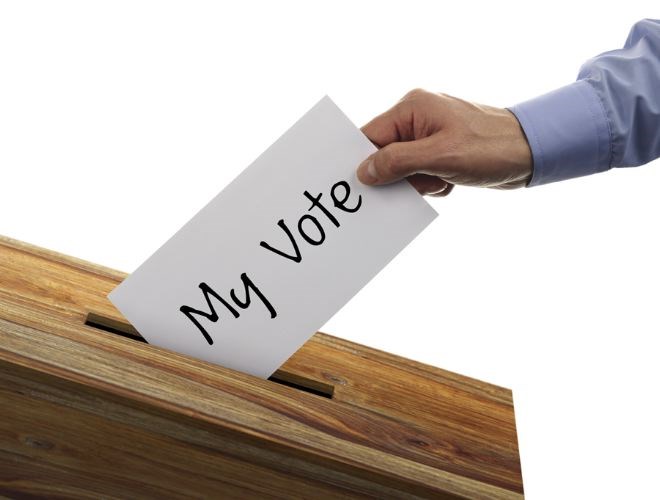Re: John Warner, "Proportional representation a better option," letter, June 5, Citizen.
Let me start with a comment towards Mr. Warner's statement "that the threshold for changing to PR should be 60 per cent rather than 50 per cent plus one is almost laughable."
The Supreme Court of Canada didn't find this to be a laughing matter, and has reinforced on several occasions, the fact all provincial legislation must conform to the Constitution, which has provisions for regional and voter thresholds in deciding electoral reform.
There was a foundational case heard before the B.C. Court of Appeal back in 1989 (Dixon v. Attorney General of B.C.) that has been referenced numerous times since by the Supreme Court of Canada, that determined "the right to a high degree of equality of voting power is one of great importance; it is one of the most fundamental freedoms granted by the Charter." This resulted in B.C. introducing the Electoral Boundaries Commission Act that included the following principles as instructed by the Court: "that the principle of representation by population be achieved, recognizing the imperatives imposed by geographical and demographic realities, the legacy of our history and the need to balance the community interests of the people of British Columbia."
The legislation also followed the direction of the court in allowing a population deviation of plus or minus 25 per cent. When electoral boundary commissions are struck, they go to great lengths to comply with the Constitution to ensure equality of voting power is maintained.
There are a couple of things voters need to keep in mind with proportional representation. The first is that no matter what form of proportional representation is chosen, single-member ridings will disappear. Once voting takes place, a mathematical formula (Votes/(seats+1)+1) is used to determine the "quota" of members in the legislature. If a candidate gets enough votes to exceed this preset quota, they will be elected. All the other candidates who were elected, but did not meet the quota cut off, will be assigned a transfer value based on another mathematical formula and those ballots will be transferred to the voters second choice.
This is not only a convoluted and complex system but, in my view, it contravenes our fundamental freedom of equality of voting power as determined by the Supreme Court of Canada. The mathematical formulas employed after voting completely nullify the equality of the regions. The other significant factor that violates the constitution is the fact that members of the legislature will no longer be "voted" in.
Section 3 of the Charter of Rights and Freedoms states "every citizen of Canada has the right to vote in an election of members of the House of Commons or of a legislative assembly and to be qualified for membership therein." Proportional representation uses party lists to choose who will sit in the legislature.
In Canada, we enjoy the freedom of participating in the electoral process and voting for the individual who we feel would best represent our electoral district. As another Supreme Court of Canada justice put it in Fiqueroa v. Canada, if our candidate of choice was not voted in, it is not because they have not been considered, but, rather, because they have received insufficient public support. We live in the greatest country in the world, supported by an electoral process that has evolved in harmony with our Charter of Rights and Freedoms and the Constitution of Canada.
Mike Morris, MLA
Prince George-Mackenzie



